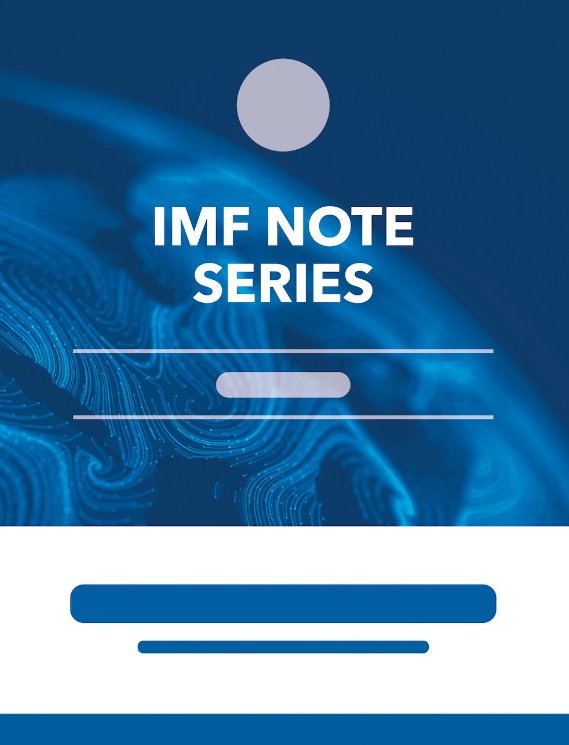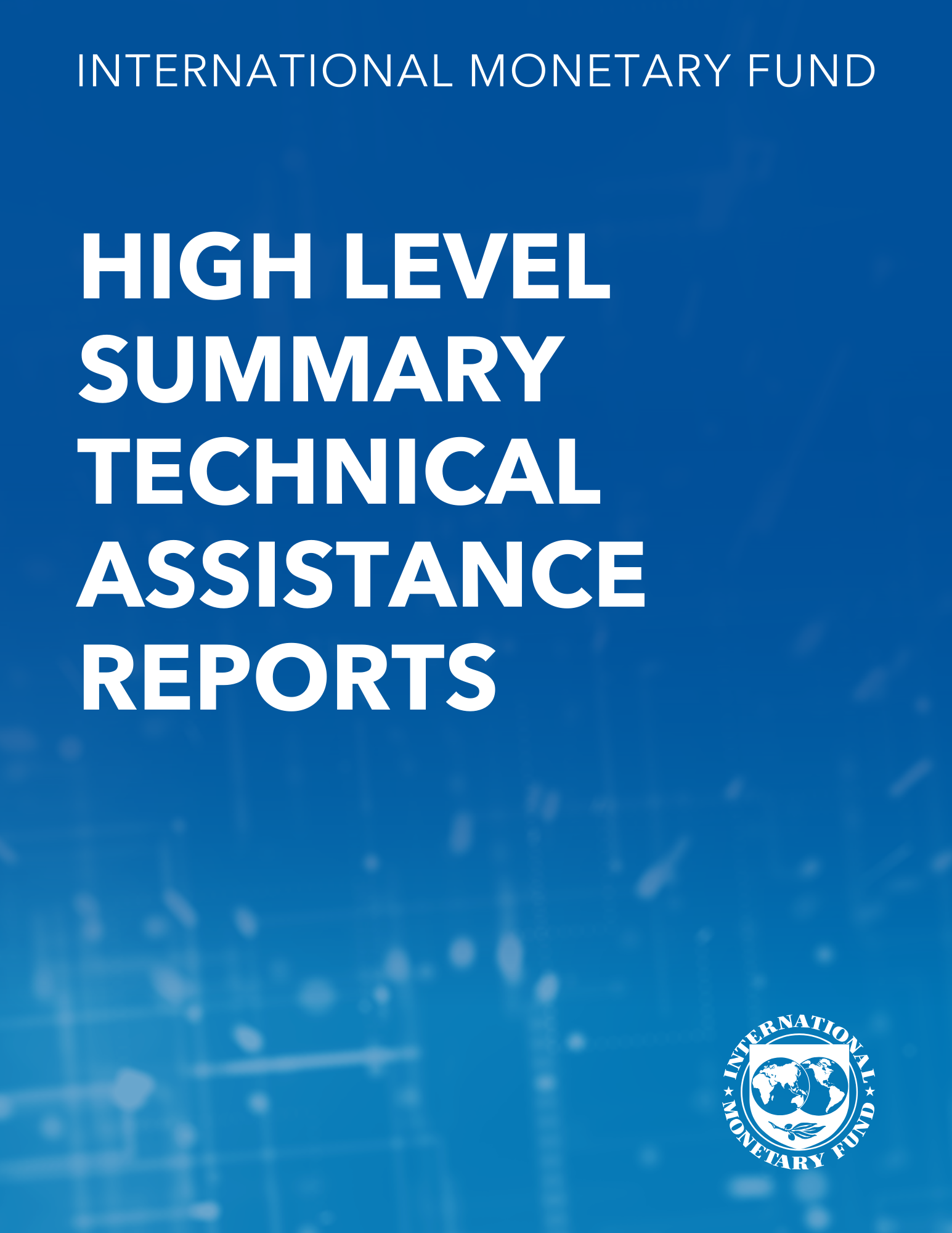Targeting the Real Exchange Rate: Theory and Evidence
February 1, 1994
Disclaimer: This Working Paper should not be reported as representing the views of the IMF.The views expressed in this Working Paper are those of the author(s) and do not necessarily represent those of the IMF or IMF policy. Working Papers describe research in progress by the author(s) and are published to elicit comments and to further debate
Summary
This paper presents a theoretical and empirical analysis of policies aimed at setting a more depreciated level of the real exchange rate. An intertemporal optimizing model suggests that, in the absence of changes in fiscal policy, a more depreciated level of the real exchange can only be attained temporarily. This can be achieved by means of higher inflation and/or higher real interest rates, depending on the degree of capital mobility. Evidence for Brazil, Chile, and Colombia supports the model’s prediction that undervalued real exchange rates are associated with higher inflation.
Subject: Consumption, Exchange rates, Financial services, Foreign exchange, Inflation, National accounts, Prices, Real exchange rates, Real interest rates
Keywords: capital mobility, Consumption, depreciated exchange rate level, Exchange rates, Inflation, nominal exchange rate, nominal interest rate, present discounted value, rate of inflation, Real exchange rates, real interest rate, Real interest rates, terms of trade, WP
Pages:
50
Volume:
1994
DOI:
Issue:
022
Series:
Working Paper No. 1994/022
Stock No:
WPIEA0221994
ISBN:
9781451921212
ISSN:
1018-5941







